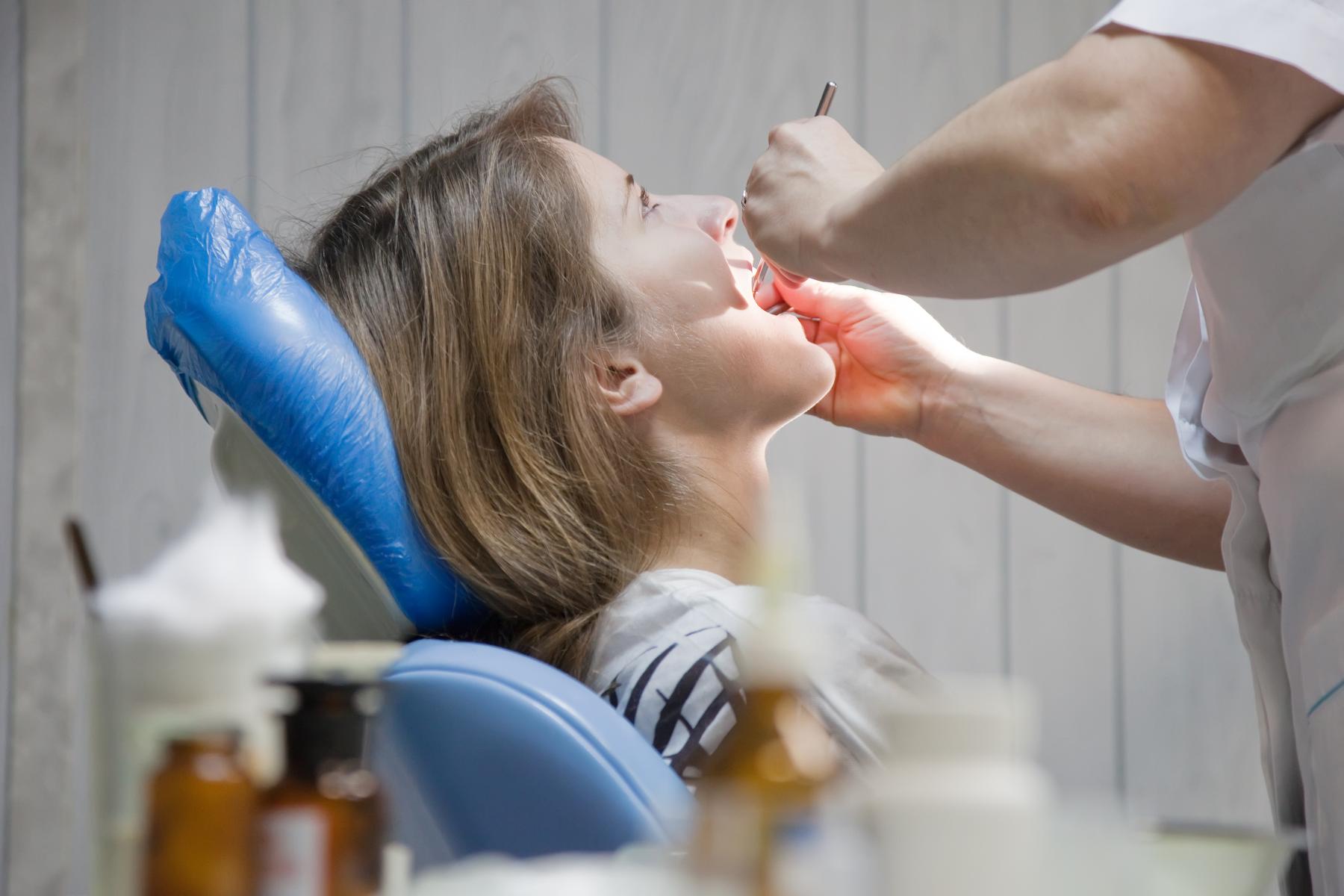Periodontal disease, also known as gum disease, is a common condition that affects the supporting structures of the teeth, including the gums and bone. While advanced stages of periodontal disease may require surgical intervention, early to moderate cases can often be managed and, in some instances, reversed through non-surgical treatments. The key lies in timely detection, consistent oral hygiene practices, lifestyle changes, and professional dental care.

Understanding Periodontal Disease
Periodontal disease begins with the accumulation of plaque, a sticky film of bacteria, on the teeth and gums. If not effectively removed through regular brushing and flossing, plaque can harden into tartar, leading to inflammation of the gums (gingivitis). If left untreated, gingivitis can progress to periodontitis, where the infection extends below the gum line, causing damage to the supporting structures of the teeth.
Non-Surgical Approaches to Treating Periodontal Disease
1. Scaling and Root Planing
Scaling and root planing, also known as deep cleaning, is a common non-surgical procedure used to treat periodontal disease. It involves the removal of tartar and plaque from the surfaces of the teeth and their roots. The dentist or dental hygienist uses special instruments to clean the tooth roots and smooth out any rough areas where bacteria can accumulate. This process helps the gums reattach to the teeth and reduces inflammation.
2. Antibiotic Therapy
Antibiotics may be prescribed to control bacterial infection in the gums. This can take the form of topical antibiotics applied directly to the affected areas, oral antibiotics, or, in some cases, antibiotic mouth rinses. These medications help eliminate bacteria and support the healing process.

3. Improved Oral Hygiene
Consistent and thorough oral hygiene practices are fundamental to managing and preventing periodontal disease. This includes regular brushing with fluoride toothpaste, flossing between teeth to remove plaque, and using an antiseptic mouthwash. Patients may benefit from instruction on proper oral hygiene techniques to ensure effective plaque removal.
4. Lifestyle Changes
Certain lifestyle factors can contribute to the development and progression of periodontal disease. Smoking, for example, is a significant risk factor for gum disease. Quitting smoking can have a positive impact on the health of the gums and improve the effectiveness of non-surgical treatments. Additionally, managing stress and maintaining a balanced diet can support overall oral health.
5. Regular Dental Check-ups
Regular dental check-ups are crucial for monitoring the progression of periodontal disease and adjusting the treatment plan accordingly. Routine dental visits allow for professional cleanings, thorough examinations, and the early detection of any signs of gum disease.
6. Laser Therapy
Laser therapy is a relatively new and minimally invasive approach to treating periodontal disease. It involves the use of lasers to remove inflamed gum tissue and bacteria from the root surfaces. Laser therapy can help reduce bleeding, swelling, and discomfort associated with traditional gum surgery.
Limitations and Considerations
1. Disease Severity
The effectiveness of non-surgical treatments depends on the severity of the periodontal disease. In the early stages (gingivitis), non-surgical approaches are often successful. However, as the disease progresses to advanced stages (periodontitis), surgical intervention may become necessary to address deep pockets and significant bone loss.
2. Patient Compliance
Successful treatment of periodontal disease relies on patient compliance with oral hygiene instructions and lifestyle changes. Patients must be committed to maintaining good oral hygiene practices at home and attending regular dental check-ups for the best outcomes.
3. Individual Response
Individual responses to non-surgical treatments can vary. While some individuals may experience significant improvement, others may not respond as well. Factors such as genetics, overall health, and lifestyle habits can influence the outcomes of periodontal disease treatment.

Conclusion
Non-surgical approaches can be effective in managing and, in some cases, reversing periodontal disease. Early detection, combined with professional dental care and a commitment to oral hygiene, provides the foundation for successful treatment. However, the success of non-surgical treatments depends on the individual’s specific circumstances, including the severity of the disease and their willingness to adopt and maintain a healthy oral care routine.
It’s important for individuals experiencing symptoms of gum disease, such as bleeding gums, persistent bad breath, or gum recession, to seek prompt dental attention. Dentists can assess the extent of the disease, recommend appropriate treatments, and provide guidance on preventive measures. Ultimately, the goal is to preserve the health of the gums, prevent further damage, and maintain the longevity of the natural teeth. If surgical intervention becomes necessary, it is typically aimed at addressing advanced cases where non-surgical methods may not be sufficient to achieve optimal outcomes.







